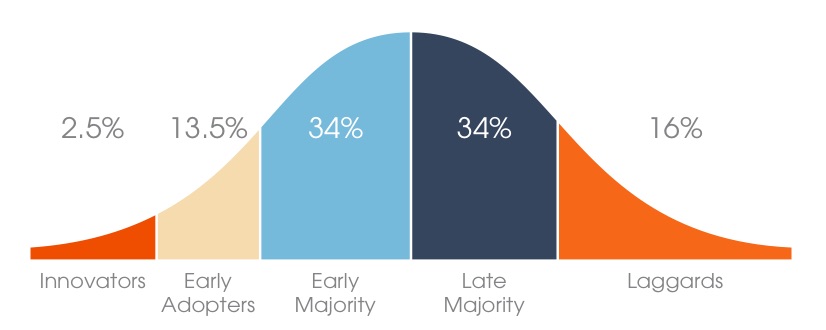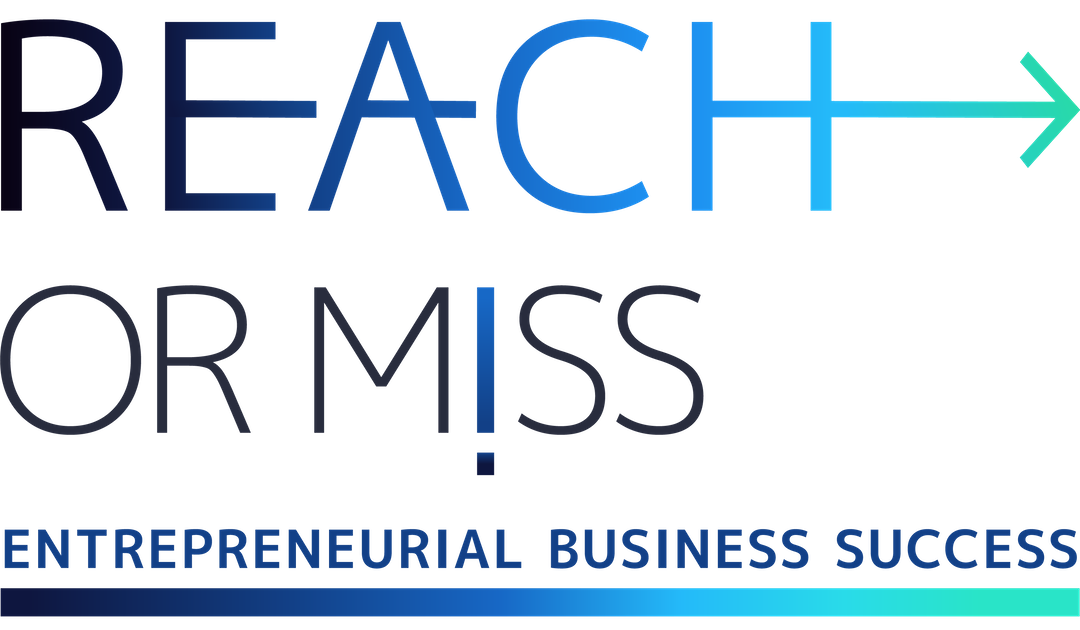Is there a chance you are missing your best customers?

By Hayut Yogev
One of my most appreciated research companies today is CBInsight for their unique and priceless ongoing research, called Post Mortem. Post Mortem is research based on interviewing entrepreneurs about the reasons for their company’s failure.
For more than two years, the first reason is steady: 42% of interviewees claimed, “There was NO MARKET NEED!”
Really? How do you know?
Among the 110 startup and entrepreneurial companies we deeply searched the market for during the last 9 years only 4 companies found there wasn’t a market need for their product or service at the time. For 106 companies from totally different fields, there was a very clear and significant need in the market.
The point is that for 98 companies, the customers’ needs were not what they thought they would be. And actually that makes sense. How come?
For three main reasons:
The 1st reason – Human nature.
Human beings can’t predict how we are going to react to a non-familiar product or situation. We can guess, but we can’t know (This is, by the way, the main reason election surveys fail).
In traditional marketing, new products or services begin by defining customers and consumers’ un-met needs in the market or at the current company’s portfolio. In order to confirm the need, they keep track of the market trends, and then they make a series of studies and surveys, and keep searching while developing the new product.
For a startup or entrepreneurial business, the challenge is much bigger. We are all part of the technology revolution, the biggest revolution of the last 4-5 centuries. Explaining a product, which doesn’t exist yet, based on a need that many times the customers are not totally aware of, is a tough mission.
In order to do so, we should develop a new set of studies and skills, and adopt new ways to measure potential success or failures.
[In the Gaia Customer Model, we found a way to predict customers or consumers’ behavior towards new services or products by combining different research methods with different perspectives.]
The 2nd reason – Roger’s curve:
When we think, invent, and develop our new product or service, we are trying to solve a problem. Otherwise, we wouldn’t bother to invest so much time, effort, and money into the solution.
However, those who will probably be willing to look at, use, or buy our product are the innovators, whom in most cases, are totally different from the heavy users (Early / Late Majority) we thought of while looking for the solution.
The heavy users usually can’t believe there is a solution that weren’t exist until now, and they definitely are not going to take the risk of trying something they didn’t know or hear about…

And who is Roger?
Everett Rogers is a professor of communication studies; he popularized the theory in his book, Diffusion of Innovations, which was first published in 1962. The reason it is so well known is that it was right in so many cases of innovation launches.
Rogers was wrong only about one thing: the percentages of the stages shift from product to product.
The 3rd reason – The “Alpha Geek” syndrome
Alpha Geek = “The most knowledgeable, technically proficient person in an office or work group.”
When I first began working with startups and entrepreneurs on their customers focus and market strategies, one of the companies looked to “cross the chasm”, which is the gap between the early adopters and the early majority. Their goal was to go to their next step from selling a few hundreds of products a month to ten thousands and beyond.
The company was a software company that developed a new tool of automated Unit Testing (Unit Testing is a level of software testing where you test each unit/component separately) through a process called “Mocking” (or “Faking”). They told me they have a tool for mocking; the market leader of mocking is an open source tool that holds around 70% market share, while they are holding 15% market share. Their goal was to build their marketing and sales capabilities to 50% of the market. Sounds great.
However, while studying the market and interview the target audience, we found that –
- None of the developers that took part in the survey had heard of mocking before.
- None of the development managers we talked with knew what mocking was.
- None of the software consultants we interviewed did either.
In a deeper dig down study, we found out that the customers who bought the product were the Alpha Geeks and opinion leaders. Exactly like the startup’s founder.
This company sold a product almost no one understood, in a market that didn’t really exist.
Most entrepreneurs know more of their audience, however – you must understand that your target market is often entirely different from yourself. And most of the marketing assumptions you, as entrepreneurs, make, have nothing to do with your potential customers.
The answer to the headline question is yes. Not only that there is a chance you are not approaching your potential customers in the best way, it is almost a certainty that you are missing the best opportunity in the market, because it is almost impossible to guess without studying the market first.
The challenge is to use the right research tools that will enable you to understand the market and learn where your biggest opportunities are.
Find who the customers or consumers are that are ready to adopt your innovative product or service, and how to describe your product so your potential customers will understand what is it, and why they need it.
